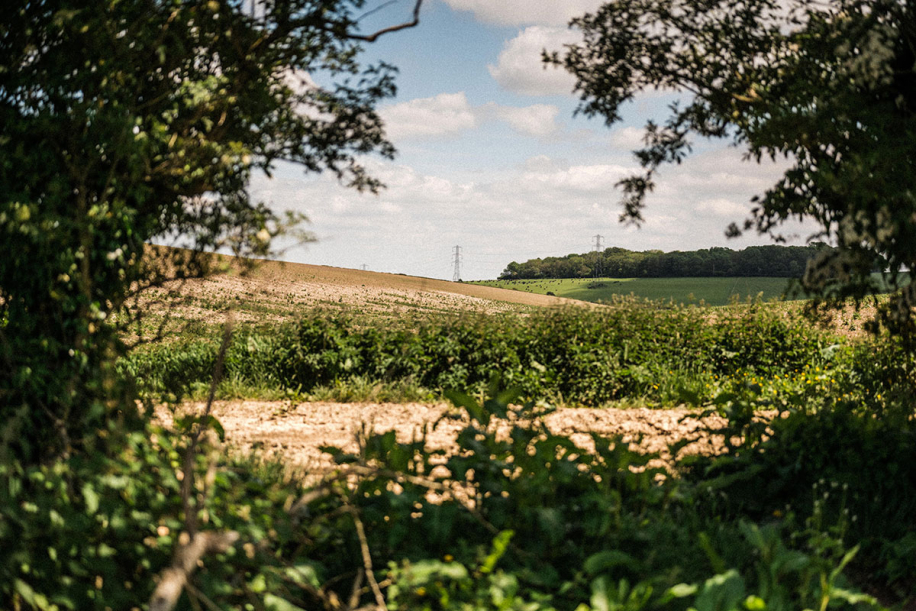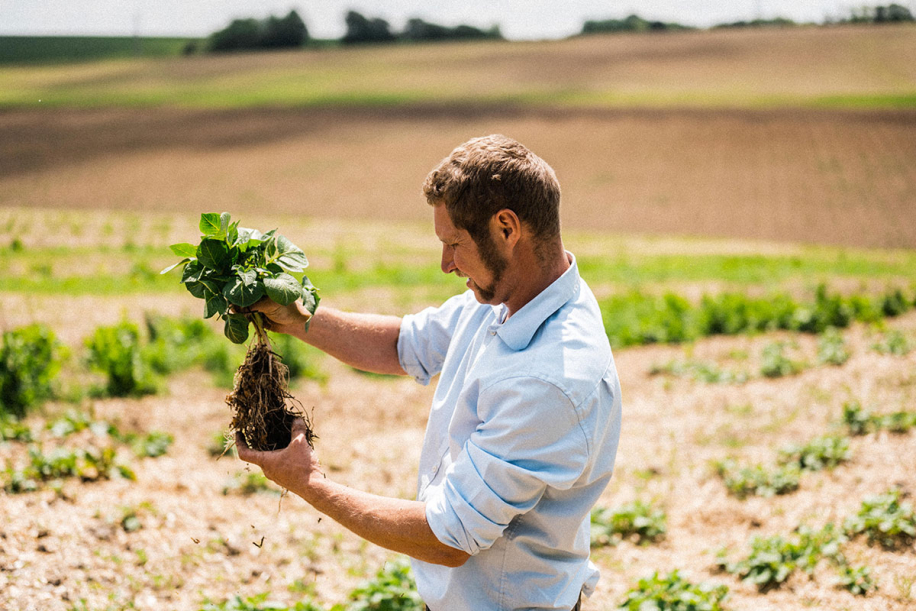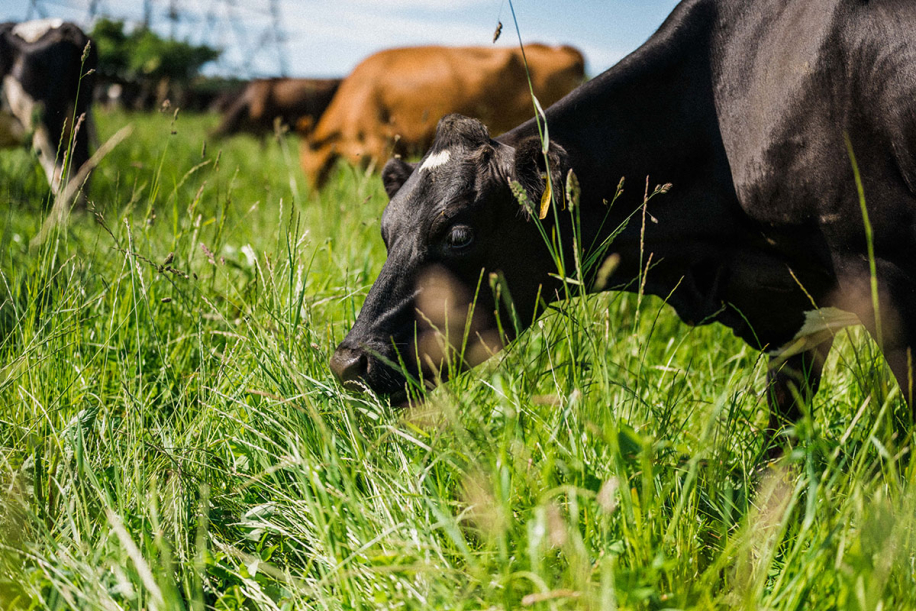The Science Behind the Soil
There’s no life without soil. That’s why looking after our soil means looking after our future…
INTO THE RHIZOSPHERE
When you stand in a field, you stand on a hidden universe. Over 95% of life on land lives in the soil. From worms to bacteria, they’re our invisible livestock – as vital as any other creatures on the farm.
This is the ‘rhizosphere’, where plant roots spread, and it’s teeming with microbes (bacteria, fungi, algae, protozoa, nematodes). This organic matter helps healthy topsoil or ‘humus’ to keep structure and retain moisture, all while running on a complex system of energy and nutrient exchange.

A CARBON CYCLE
Healthy topsoil needs green leaves above ground, active root growth below and lots of microbial activity. Combined, these conditions keep carbon moving and life living. The plants convert carbon dioxide to carbohydrates (carbon sugars or ‘liquid carbon’). Some sugars help the plants to grow and some enter the soil through their roots, via a ‘plant microbial bridge’.
The sugars give microbes in the soil the energy they need to obtain minerals and other nutrients that the plants take back in return. Nearly 90% of plant nutrient uptake comes down to this exchange, sometimes via the remarkable intervention of mycorrhizal fungi.
“The soil is the great connector of our lives, the source and destination of us all.” – Wendell Berry

SOURCE OR SINK?
Pesticides, herbicides and fungicides harm soil microbe communities, damaging the plant-microbe bridge, and creating a need for artificial chemical fertilisers. Without this exchange, the carbon cycle is disrupted, less carbon is stabilised in the soil, and more CO2 ends up in the atmosphere.
Soil can either be a carbon source or a carbon sink – releasing carbon dioxide into the atmosphere, or sequestering it in the soil. Industrial land development and farming practices mean most soils currently lose more carbon than they hold onto. But, by working with the soil and its microscopic communities, we have the potential to reverse this – taking carbon from the atmosphere, not adding to it.
Depending on how the land is managed, soil can either be a carbon source or a carbon sink – releasing carbon dioxide into the atmosphere, or sequestering it in the soil.

BACK TO LIFE
Chalky and naturally alkaline: in 2012 Kingsclere’s soil was low in organic matter and suffering. But as we began to think of it as a living thing, needing a balance of air, water and nutrients like any other, we started to bring it back to life.
Soil thrives on change. We’ve re-introduced livestock to our land, and we keep it moving. By spreading cow and sheep dung over our fields, we return nutrients and carbon from the pasture to the topsoil. Managing grazing means green leaves and roots can flourish. And, by planting multispecies plant covers between crops, and adopting direct drilling rather than tillage, no field is left bare.
As a result, the soil is full of living things and all the benefits they bring, needing less help from machinery or chemicals that might limit the carbon flow in our underground ecosystem. It’s a continual process, and one that’s always changing as we watch the land adapt.
